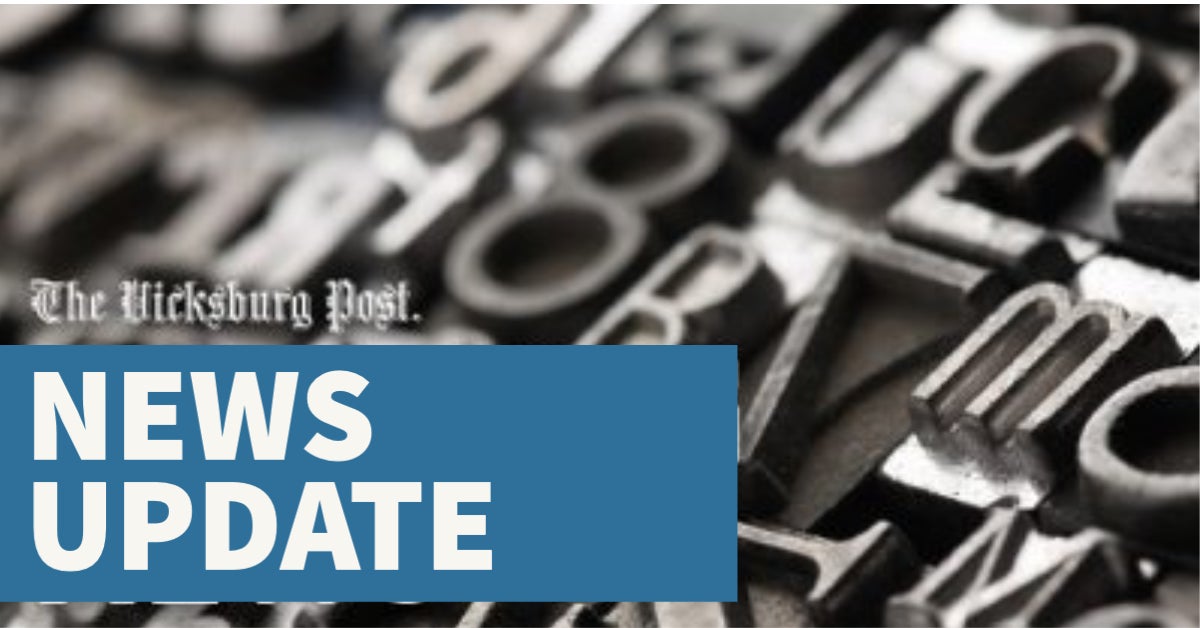VWSD receives grant to feed students grades K-8
Published 11:00 am Thursday, May 22, 2014
A new federal food program could generate hundreds of dollars in savings for parents of elementary and junior high public school students for the 2014-15 school year.
The community eligibility program, part of the Healthy Hunger-Free Kids Act of 2010, is aimed at eliminating child hunger in high poverty areas.
The Vicksburg Warren School District, which currently spends about $2.25 per meal, would be reimbursed with federal dollars, eliminating the need for students to apply for free and reduced lunches. The program will also include breakfast, essentially providing two free meals per day for all students up to and including eighth grade.
Gail Kavanaugh, director of Child Nutrition for the VWSD, told the district’s Board of Trustees at a meeting Tuesday that community eligibility is determined through a cross-listing of the district’s applications for free and reduced lunches and which students listed qualify for the federal Supplemental Nutrition Assistance Program, or SNAP. About 75 percent of the approxiamtely 8,500 students in the VWSD presently qualify for free or reduced lunches.
“Part of the criteria is how many families in the community qualify for SNAP, and we pull in that data, and make matches to our student database,” she said. “Once a month, we pull down the files from the Department of Human Services, match that file, then manually go in and match those students not included in the files but that we know are part of those families.”
At least 40 percent of students in a district must have been cross-listed to qualify for community eligibility.
Kavanaugh noted that VWSD’s Shelly Plett and Brenda Milner have been able to match about 55 percent of the student body up to this point, but added that the number may go up.
The reimbursement formula, based on those “identified students,” includes students that are homeless, migrant, are in families that receive TANF cash assistance or are on Food Distribution on Indian Reservation benefits.
After District 1 Trustee and Board President Bryan Pratt asked how long the district would qualify, Kavanaugh said VWSD will be eligible for the program for four years.
“We can drop out of the program if we find that it’s not financially advantageous,” she said. “We’ll continue to pull our data and do those matches monthly though. That keeps our data accurate.”
Replying to a question from District 4 Trustee Joe Loviza, Superintendent Chad Shealy said the benefits would go beyond the students’ health.
“These kids will be getting balanced meals and it’s going to improve their academic performance,” he said.
District 3 Trustee Jim Stirgus Jr. lauded Kavanaugh and administrative staff for pursuing the grant.
“That is great on your part to go out and seek that money,” he said. “This is a great program.”
Kavanaugh said that students who wanted extra food or drinks, such as a box of milk or extra fruit, would still have the opportunity to pay for that in addition to the free meal.
Pratt later said he hopes to see the program expanded if possible.
“I’d love to see how we could move forward with this with the high schools.”
“If I found a school that could qualify, I would bring it back to (the board),” Kavanaugh replied.
Kavanaugh compared the program to transportation for students.
“It’s as if they got on the school bus,” she said. “If your child is registered at one of those schools, there will be transportation available for them. If your child is registered at one of those schools, they will receive lunch and breakfast.”





